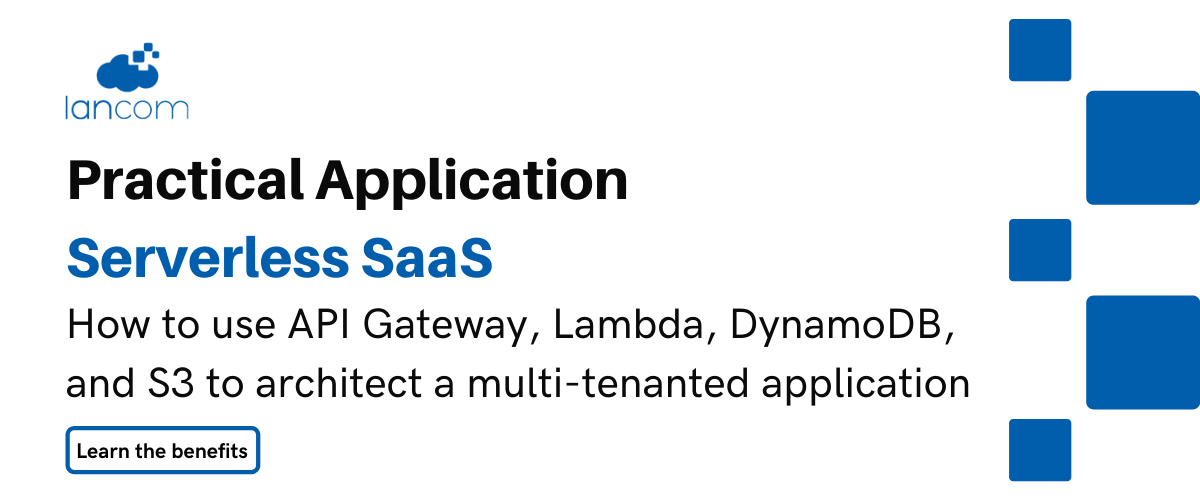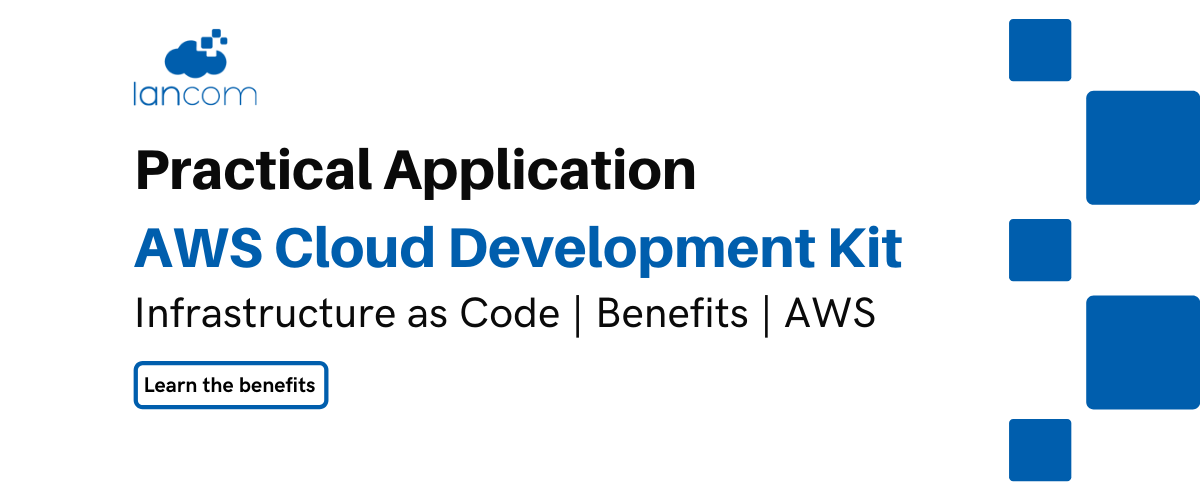Moving into the cloud is going to be different for every business, but there are also some similarities. The major one is that there will be some principles which apply broadly, chief among them the fact that the journey – for it is a journey – is likely to be an iterative one. Few companies are born into the cloud, or migrate to it in a single ‘lift and shift’ moment. For most, it is a process which starts with testing the waters, then gradually examining the various services required by the organisation, then moving those into the cloud if, when and where there is advantage to be gained.
Throughout this process, your business has an opportunity to relook at IT: how does it operate, what value does it add, and how? The journey into the cloud, therefore, is probably transformative already, but it can become even more so by revisiting the way IT is delivered and consumed. It is therefore a change management process as much as a technology migration one.
Check out these best practices to get the most out of moving into the cloud.
1. Support from the top
This one doesn’t just apply to cloud journeys; it applies to any major initiative in the business. Achieving change depends on leadership and demonstrable commitment from top executives and throughout the company strata. In turn, that support should provide clarity of purpose, align business and technical objectives with desired outcomes, and support the introduction of new processes, rules and ways of doing things.
2. Education and training
Get your people on board by demonstrating the advantages and benefits of the shift into the cloud. Whether it is storage and backup, email and office, or enterprise systems, there will be change and people don’t like change. We especially don’t like not knowing how stuff works as it makes us anxious. Dispel that by educating then training to share the what, where, how and why of the move to cloud services. Do this and your chances of success are great. Don’t, and…well, don’t be that guy.
3. Experiment... and encourage experimentation
Let’s just be clear here, failure is never as good as success. But in today’s day and age, the ability to try new things that may or may not work has gotten far less costly (and risky) than ever before and that is in many instances, thanks to the cloud. Encourage people to try things; create sandboxes, celebrate the successes that will result and don’t get too hung up on the failures which are just as inevitable. The cloud changes the dynamic by making the resources for experimentation highly accessible – make sure to capitalise on this aspect of online technology.
4. Expand horizons through engagement
For most companies, ‘doing IT’ isn’t something that happens in isolation. You probably work with some vendors, perhaps a managed services IT partner, and likely engage with the IT departments of customers and suppliers. As you move into the cloud, engage with them, understand their journeys, challenges and successes. Chances are high that the common ground which results is likely to spur your own innovation as well as theirs.
5. Understand hybrid infrastructure (because you’re probably doing it anyway)
Your shift into the cloud is unlikely to be ‘big bang’, so as you gradually move into the cloud, your architecture is becoming a hybrid one. Setting it up as such strategically, rather than simply letting it happen organically, will give you the best of both worlds. What’s more, it will enable you to identify and introduce more cloud services, where these make sense, in a controlled and orderly fashion. Importantly, too, it allows for the identification of existing assets, maximising their value and planning for their potential transition into the cloud as and when the time right.
6. Go 'Cloud-First'
Cloud computing generally works so well that the initial testing of the waters tends to prove the concept with a thwack. That typically leads to the ‘ahah’ moment of considering what and where else the cloud will make sense for the company. If you’re thinking these thoughts, adopting a ‘cloud first’ policy is nothing more than a logical step. With such, the cloud is considered as a first choice when upgrading or replacing existing systems – and sets the stage for acceleration of the cloud journey.






